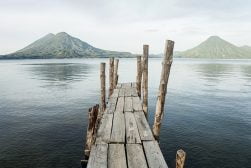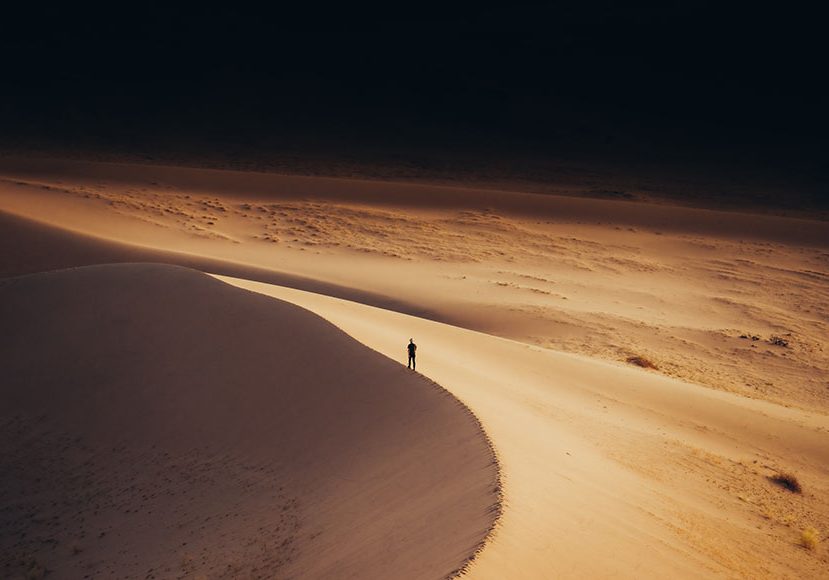
Wide Angle Photography (Tips, Techniques & Examples)
Explore the expansive world of wide-angle photography. Discover expert tips, techniques, and stunning examples to capture broader perspectives.
Learn | By Dana Dekis
Wide angle photography provides a greater depth of field and greater context for viewers.
In this guide, I’ll share my top wide angle photography tips, techniques, and examples to make your photos feel more expansive.
Let’s dive in.
Table of Contents
What is Wide Angle Photography?
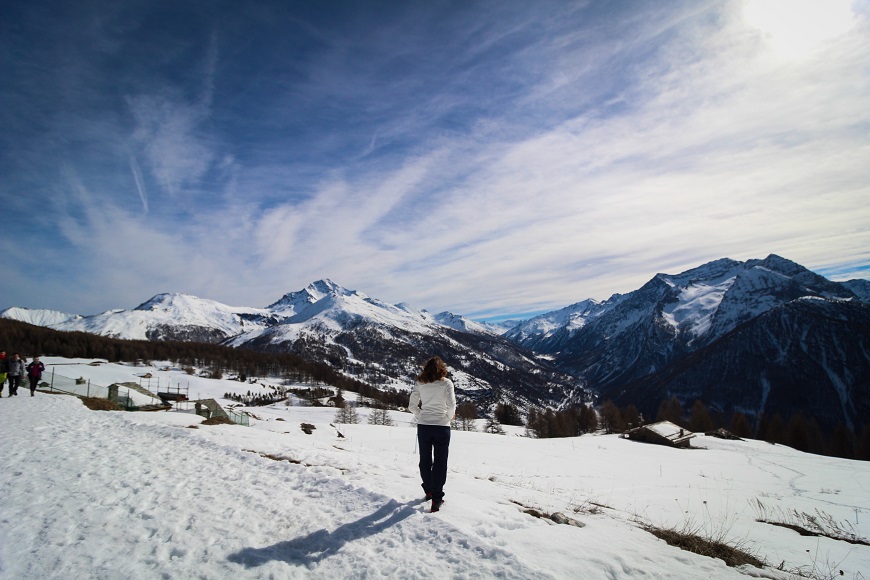
Just as it sounds, photography using a wider angle delivers a wide field of view.
This style of photography is ideal for architectural photography and landscape photography as it gives context to the viewer.
When is a wide angle lens used in photography?
A wide angle lens is most commonly used when you want to capture an entire space inside or the full scene outside — think of expansive beaches, interior design websites, and so on.
Street photography and travel photography can also really benefit from a wide angle lens because it allows the subject to shine within a broader view of the environment.
What’s the difference between a wide angle and an ultra wide angle lens?
A wide-angle lens has a broad field of view, typically between 35mm to 24mm, while an ultra-wide-angle lens offers an even broader perspective, usually less than 24mm.
Wide-angle lenses are popular for capturing expansive landscapes, interiors, and group shots, providing a perspective that encompasses more than the human eye typically sees.
In contrast, ultra-wide-angle lenses push this boundary further, capturing vast scenes and exaggerating the relative size of objects, making them ideal for dramatic landscapes, architecture, and creative photography where distortion can be used artistically.
However, the extreme width of the ultra-wide lens can sometimes lead to noticeable edge distortion, giving a unique, almost fisheye effect to images.
What You Should Know About Wide Angle Lenses
When working with wide angles, you’ll naturally have a wider field of view and be able to capture an entire scene of stunning landscapes in a single shot.
This can make subjects and the areas around them appear larger than they actually are — bringing an exaggerated perspective that tricks our eyes into thinking objects are closer or farther away than they are in reality.
With a wide angle lens, your focal length will typically fall between a range of millimeters, like wide focal lengths of 24-35.
If you start going below 24mm, you begin approaching the world of the ultra wide angle, which means distortion may enter the picture.
Because the shorter your focal length, the larger the degree of exaggeration with perspective.
For this reason, wide angle lenses shouldn’t be used for portrait photography or scenarios where you want things to look true to size because of the perspective distortion.
To prevent unwanted distortion, focusing is critical along with using a smaller aperture, typically f/8 to f/11 is best.
Types of Wide Angle Lenses
One of the major debates is whether a prime or zoom lens is better.
This just depends on what you’re looking for in a lens.
- Prime lenses have a focal length that’s fixed, while zoom lenses have a wider focal length that can be adjusted. They have less flexibility, requiring you to move to get your subject to appear closer or more distant.
- Zoom lenses are generally more versatile because you can alter the zoom range. See our article for more on the prime vs. standard zoom lenses debate.
What about fisheye and rectilinear lenses?
- Fisheye lenses are specialty lenses that are designed to create extreme distortion.
- Conversely, rectilinear lenses tend to minimize distortion that can make straight lines bow out.
And finally, we come to the ultra wide vs. wide angle lens debate.
- As noted earlier, wide angle lenses are perfect for a variety of different photography styles where a wide angle of view is preferred.
- Ultra wide angle lenses, on the other hand, are also ideal for an architecture or landscape photographer because you can exaggerate the foreground.
The best wide angle lenses are combined with an ultra fast aperture for clear results and high image quality.
Most Nikon and Cannon brands will also have a built-in auto-focus feature to prevent rotations and changes in lens length.
Benefits of Using Wide Angle Lenses
There are tons of advantages to using wide angle lenses in the right situations, such as:
- Fitting the foreground and horizon seamlessly into the full frame.
- Emphasizing foreground and creating depth by appearing to increase the distance between subject and background and to create a lovely sense of drama.
- Unique storytelling perspectives are achieved by capturing a broad field of view that adds context to the setting.
Challenges and Solutions of Using Wide Angle Lenses
Distortion
- Barrel vs. pincushion distortion: both have to do with magnification, but barrel distortion involves magnification decreasing with distance from the axis, while pincushion distortion involves magnification increasing with distance from the axis.
- Techniques to reduce distortion: don’t get too close to your subject, but also avoid ultra wide lenses until you’re comfortable with regular wide angle styles.
Composition Challenges
- Strategies to avoid empty spaces: your wide angle lens may give the impression of too much background or foreground compared to the subject, so you need to be thoughtful with your shot’s composition.
- Positioning subjects effectively will help ensure you create a visual path for the viewer and prevent distracting images from bleeding into the shot.
11 Tips for Using a Wide Angle Lens for Photography
Using a wide angle lens allows you to capture more of the scene in front of you, but it can also produce distortion if you’re not careful. Let’s dig deeper into tips for using a wider angle lens for photography.
1. Effective Composition
Apply the rule of thirds by dividing your shot into three equal sections vertically and horizontally or by using the grid overlay to create emphasis on the right things without overwhelming the viewer with subject matter.
Utilize leading lines and framing to produce a visual path for the viewer’s eye when using a wider angle lens. Leading lines can be found in the form of rock formations, rivers, boardwalks, etc.
2. Foreground Elements
Pay attention to the foreground to maintain connections that exist between foreground and background elements as you’d see between a dock leading up to a gorgeous sunset sitting above the bay.
Use layers of compositions by capturing a setting with objects in the foreground, middle ground and background to add depth to your photos. Think of a subject doing something in a crowded room — the crowd in the background, the subject in the center, and the people surrounding the person in the foreground will bring the layers you need.
3. Lighting and Exposure
Manage lens flares with wide angle lens hoods or reframe the shot to cover direct light.
Optimize dynamic range in wide angle shots by shooting in raw format, monitoring camera warnings related to over or underexposure, and using a low ISO. However, be careful with extended low ISOs because they can actually have the opposite effect.
4. Photographing Position
Get low to the ground for any shot you take with a wide angle lens. And while that isn’t always possible, it will bring a substantial visual impact.
A wide angle lens is perfect if you’re able to get close to your subject and still want to include the foreground and background in the frame.
5. Appropriate Proximity
You not only want to get low to the ground when using a wide angle lens, but you also want to make sure you can get close to it without getting too close.
Less than 50 feet between you and the subject may be too close!
Getting close to your subject while using a wide angle lens will add depth and perspective, encouraging your viewer to take a closer look to explore all the layers.
6. Distance from Lens
Another thing to consider is that you don’t want everything to be the same distance from you when using a wide angle lens.
If you have multiple eye-catching things in your image, everything seems small and of little importance, so make sure you find a subject.
For example, if you take a closeup, low-down shot of some train tracks with the horizon in the distance, your viewer may not know where to look.
Find things within the train tracks, like a dandelion that’s slightly off center and perhaps backlit — this will add depth and interest to your shot with a wide angle lens!
7. Review and Learn
Even the best photographers don’t take a single shot and stop, and that’s even more true when using a wide angle lens.
Wide angle lenses can feel hard to master, but just like with anything else, it’s all about practice!
Experiment with distances and focus on different subjects, snap some shots, and take a break to review and see what can be improved.
8. Avoid Clutter
Another common mistake photographers make when getting acquainted with wide angle lenses is trying to make too many things a focal point or not leaving enough space throughout their image.
The key with wide angle lenses is to keep things simple.
If you’re roaming around an outdoor market, there will be a lot to see and share!
Just be sure to pick one interesting item and focus on that to avoid clutter that can decrease the impact of your message.
9. How to Get Sharp Pictures with a Wide Angle Lens
With wide angle lenses, you will want some distance between you and what you’re focusing on.
Think about the hyperfocal distance, which is generally two times the distance from the object most close to the lens.
This hyperfocal distance is the optimal tool to use to get everything in focus when using a wider perspective.
10. How to Take Wide Angle Photos on iPhone
Taking photos with wide angle lenses can feel challenging, especially on a phone!
Simply start by opening the camera app and tapping the 0.5x button on the bottom of your screen.
You can then swipe up to edit with the zoom wheel, but we cover all of this in greater detail in our article here.
11. How to Post-Process Wide Angle Shots
Both Lightroom and Photoshop are excellent platforms for post-processing wide angle shots to achieve better images.
In Photoshop, layering is tremendously helpful: you can open your image, duplicate the background, and select Perspective Warp under the edit option.
Next, grid the first selection and start adding boxes before warping to your preference.
19 Examples of Effective Wide Angle Photography
Photography with a wide angle lens can produce gorgeous landscape photography, architectural, and street photography, so let’s look at some stellar examples!
1. Captivating Countryside
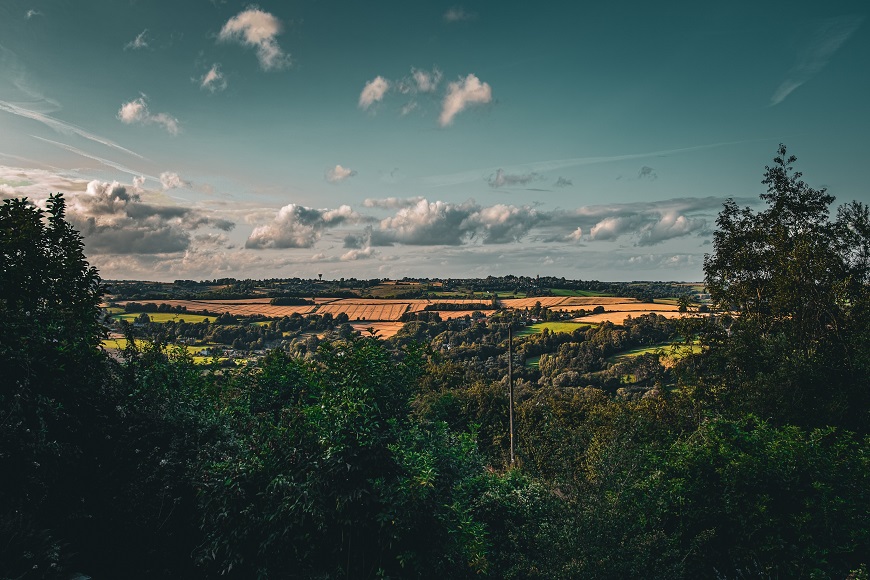
Mark Hamilton’s wide angle shot of the UK’s countryside in Bath is truly stunning and a lovely demonstration of landscape photography.
2. Architectural Awe
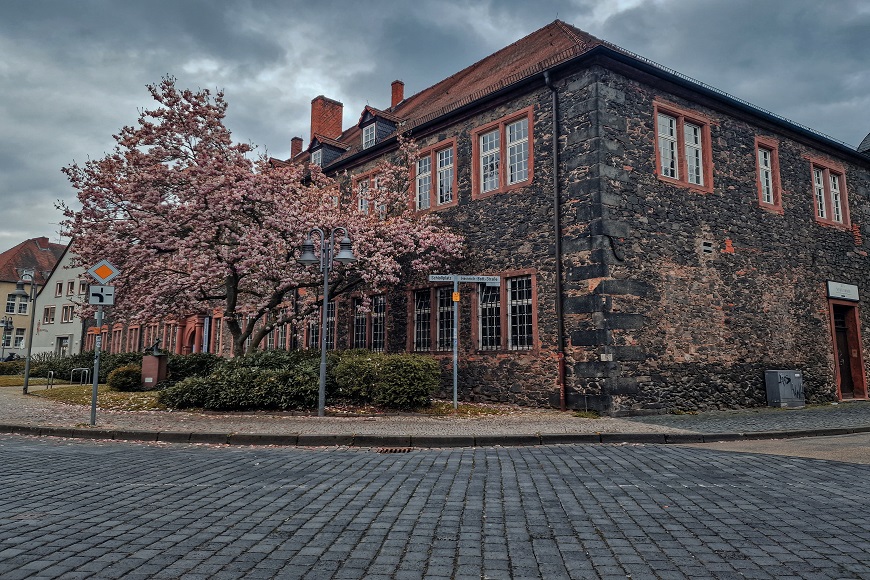
A killer shot of German architecture and cobblestone by Meshaal Al Hajali is made possible with an ultra wide angle lens.
3. Lovely Landscapes
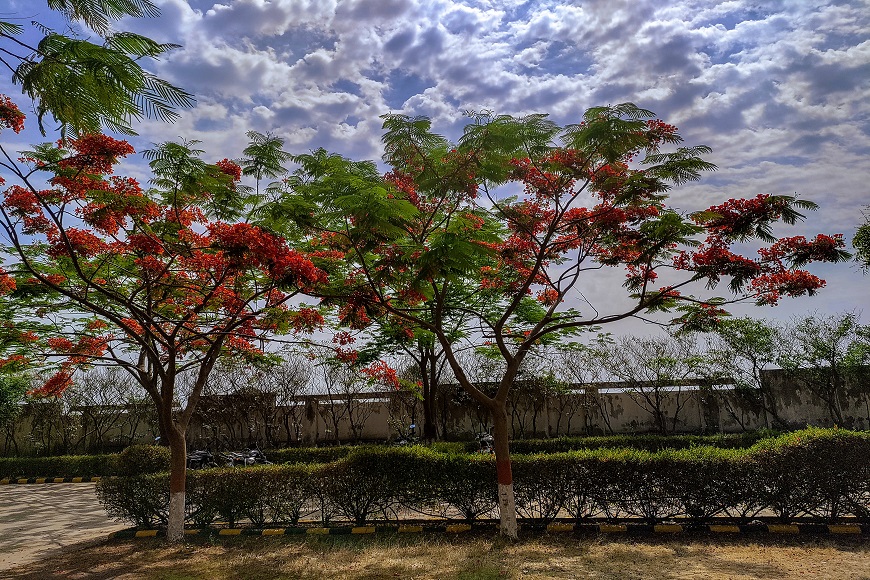
A lovely landscape shot by JD Darshan Solanki capturing a group of trees in the Southern United States is a common example, yet effective example of landscape photography.
4. Fantastic Foliage
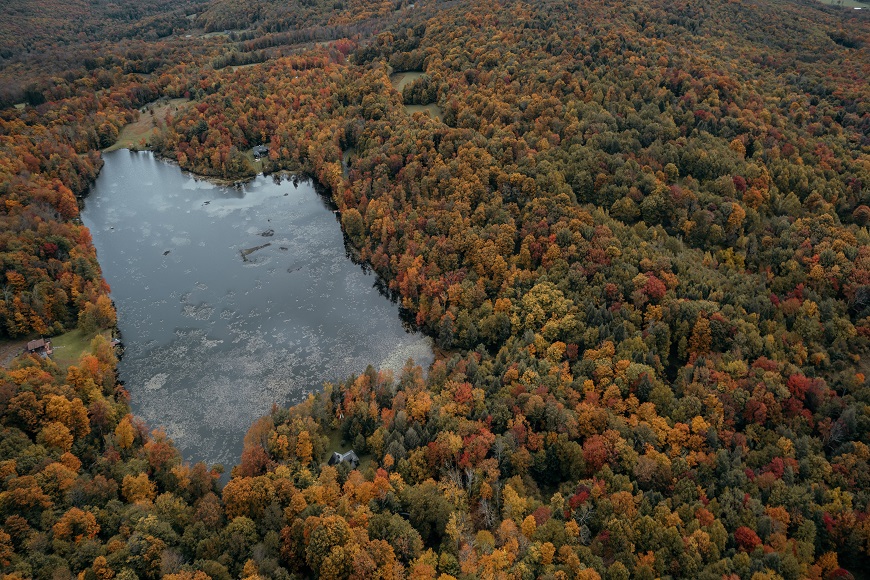
Clay Banks’ shot with a remarkable angle of view showing vegetation from a fun perspective is a top-notch example of a wide lens and landscape photography at work.
5. Majestic Mountains
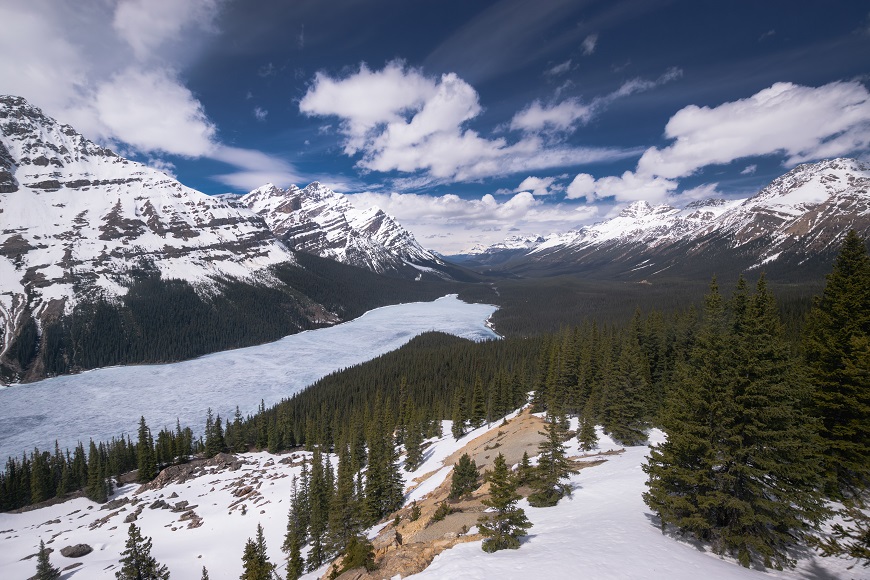
The snowy majestic mountains in Alberta showcased here by Brazilian photographer Filipe Freitas is an ideal example of wide angle landscape photography.
6. Taiwanese Temple
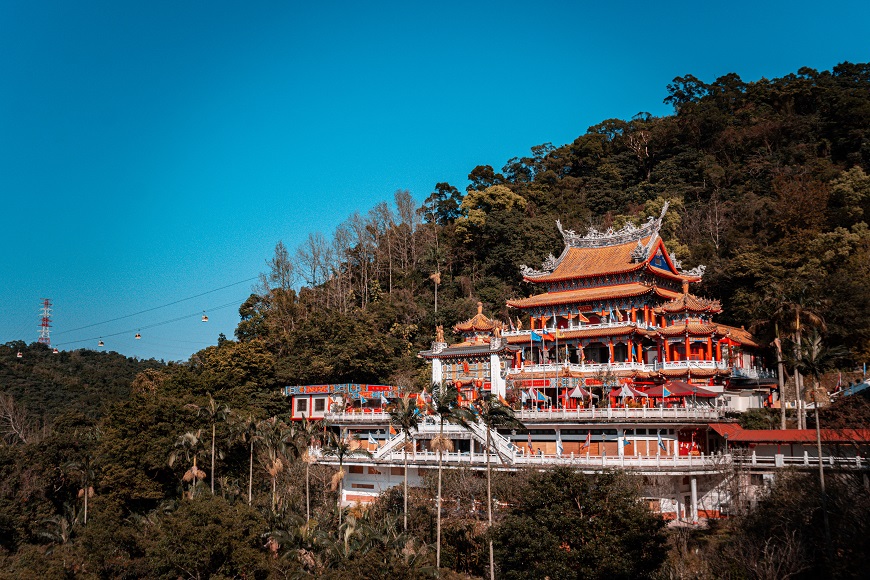
This temple in Taiwan shot by Lisanto 李奕良 is able to spotlight the stunning landscape and architecture of the region thanks to the use of his wide angle lens.
7. Portico Path
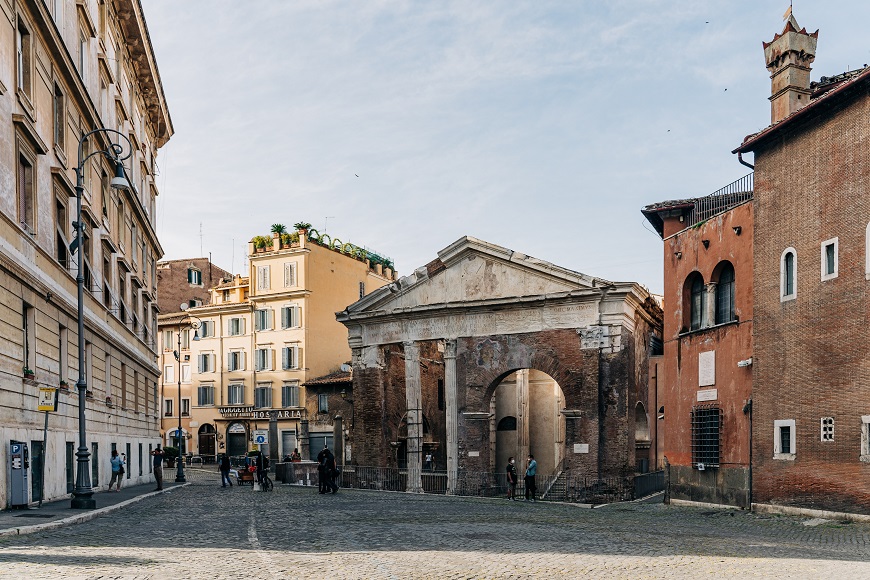
This breath-taking photo by Gabriella Clare Marino of the Jewish Quarter in Rome not only represents ancient Roman history but more specifically, Roman Jewish history. The ability to capture several structures and the pathway leading up to them is executed wonderfully, so this should be all the encouragement you need to use a wide angle lens!
8. Wonderful Waters
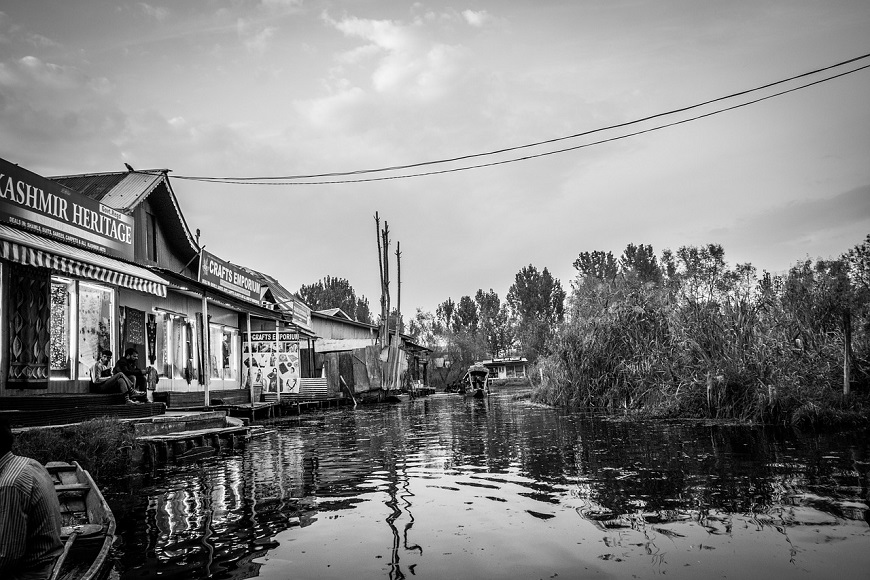
Indian travel and product photographer Suket Dedhia has truly mastered the art of wide angles here with a harmonious mix of broad and unique perspectives.
9. Adorable Animals
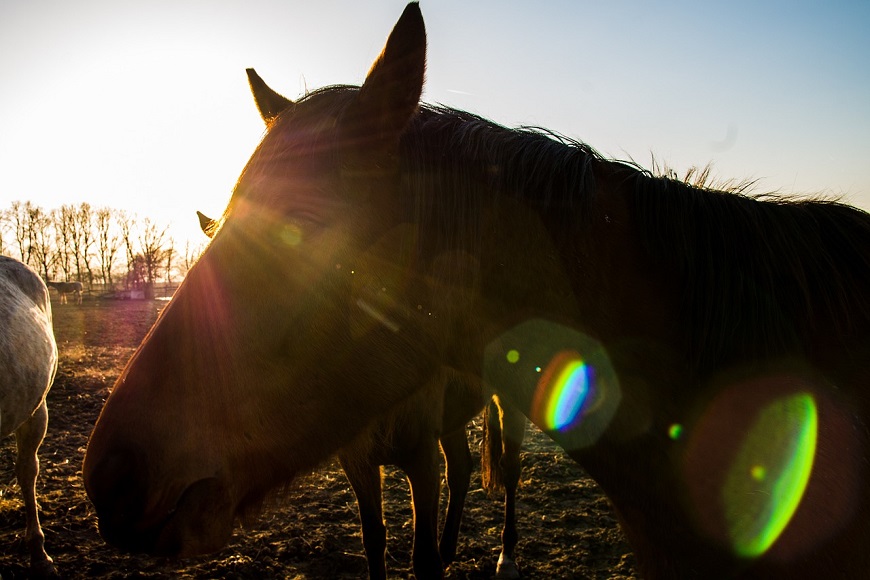
This shot by Serbian Pixabay user, contagionpseudomonas, took thought and caution to achieve. By carefully and confidently approaching the horse, the photographer was able to uniquely capture the subject and its surroundings perfectly via mindful exposure settings, shutter speed, and overall skill.
10. School Shots
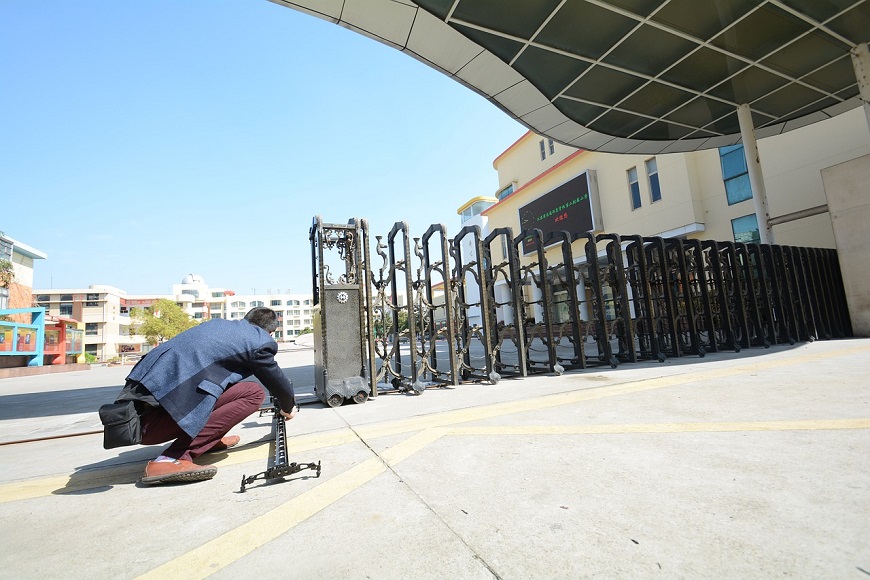
Another stellar wide angle shot by Liu Qian shows the relationship between the subject and his surroundings clearly and creatively.
11. Ultimate Ultra
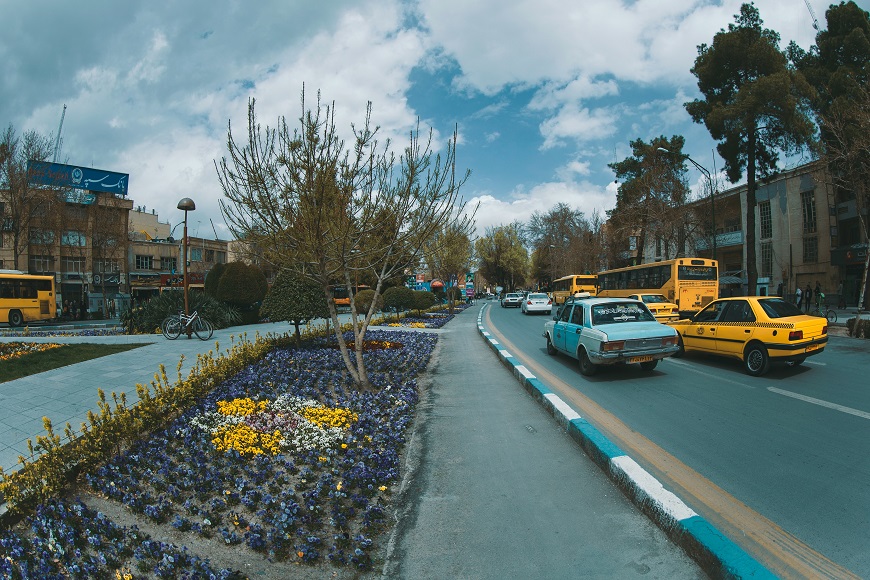
There are so many things to appreciate about this Iranian setting captured with an ultra wide angle lens by Mostafa Meraji: the perspective, the subjects, the foreground, the background, and so much more!
12. Magical Mosque
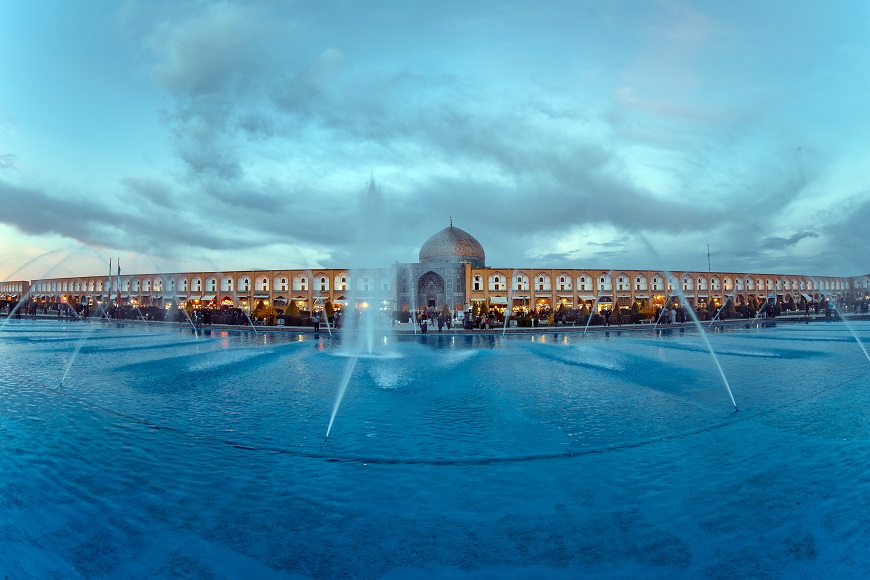
Using fish eye lenses, the photographer is able to bring so many things for the viewer to appreciate: the mosque, the water elements, and the sky. And this time, it’s photography expert, Mostafa Meraji, at it again!
13. Telephoto Transformation
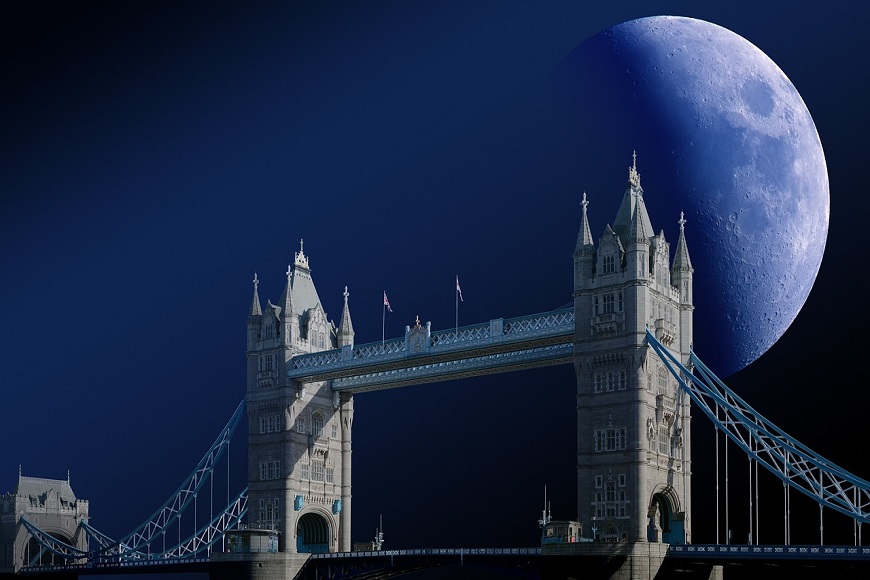
How insanely cool is this shot from German photographer Roland Pippes using telephoto lenses? Here, we’re able to appreciate the moon’s beauty as if we’re on the natural satellite itself while also getting to admire the Tower Bridge in London with the help of a telephoto lens.
14. Pomegranate Passion
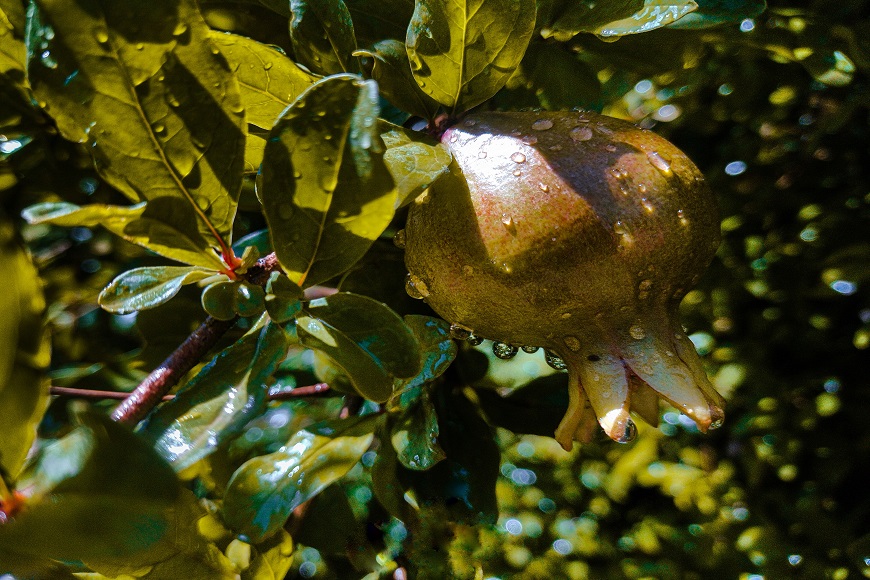
This beautiful image of a pomegranate dangling from its tree is another solid representation of an ultra wide angle lens in use. Captured here by Assam Athmane.
15. Symbolic Streets
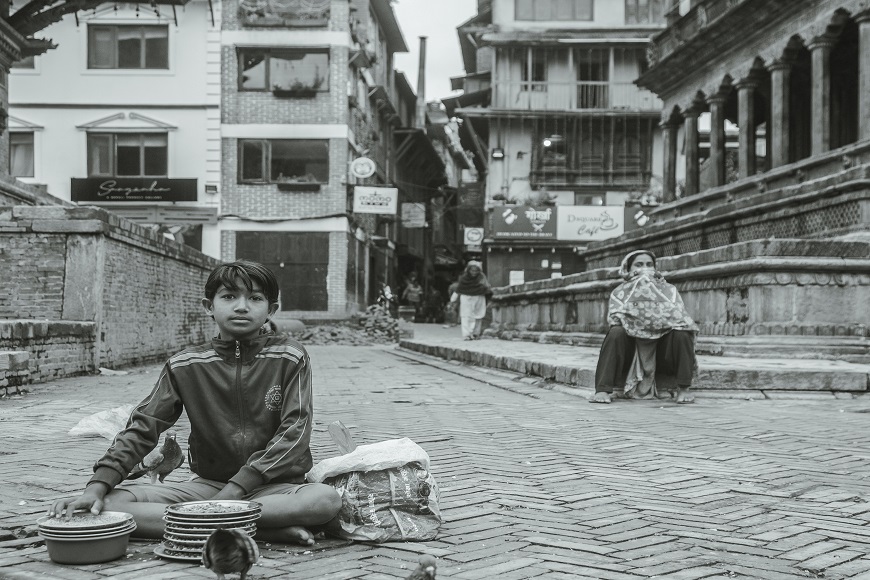
This captivating shot by Aman Shrestha highlighting the Patan Durbar Square and the streets of Nepal is something most photographers would aspire to.
16. Illuminated Inspo
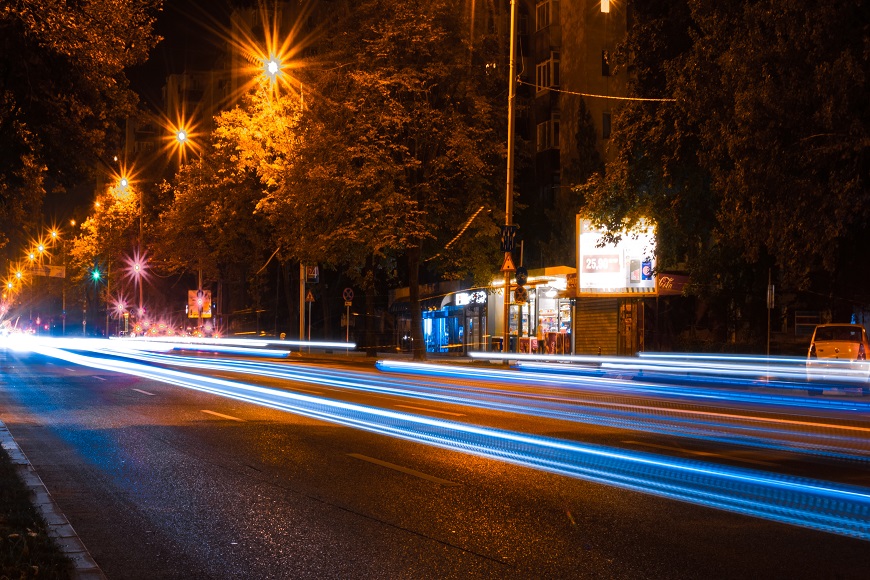
There are so many exceptionally great photography elements at work in this image, I don’t even know where to start! The illuminated nightlife of Romania snagged in this shot by Tudor Baciu is truly a sight to behold.
17. Roman Renaissance
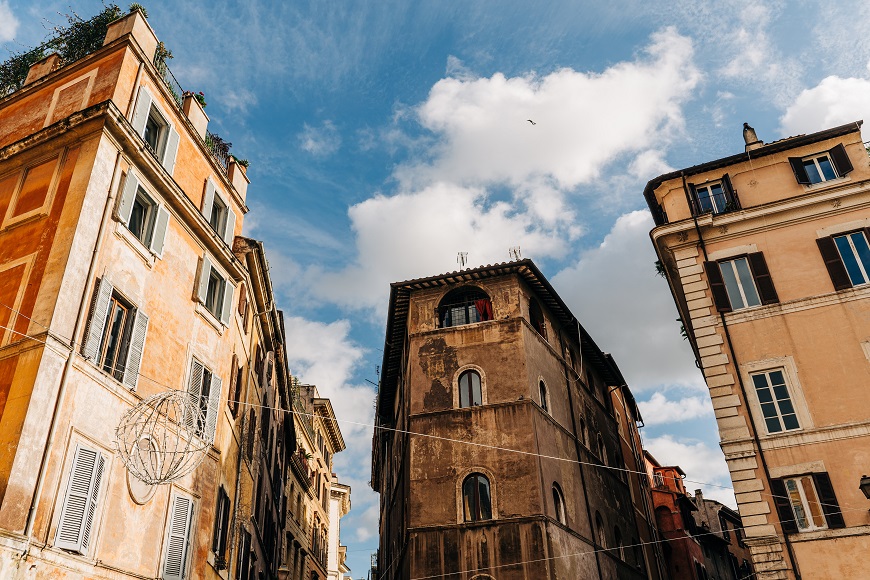
If nothing else convinces you to trade your normal lens for ultra wide angle lenses, this shot symbolizing the Roman Renaissance by Gabriella Clare Marino surely will.
18. Splendid Switzerland
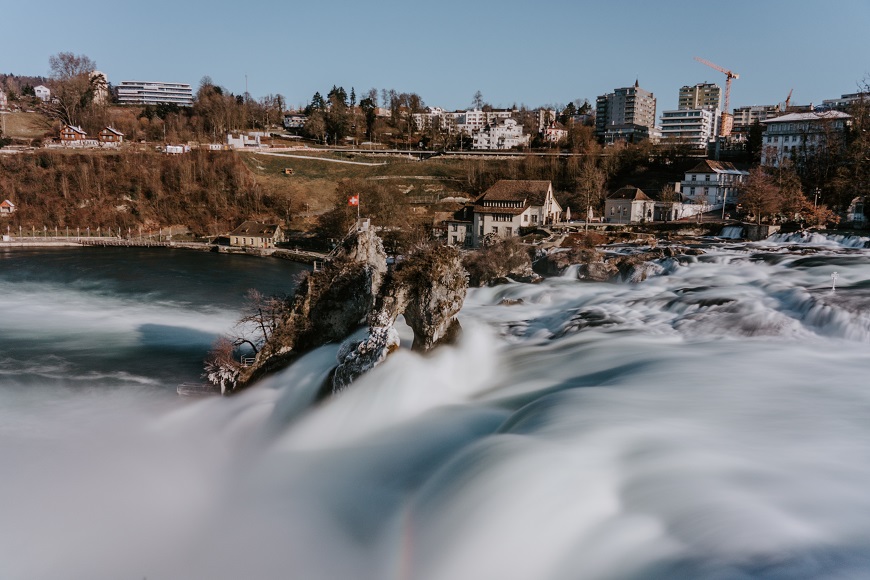
If you were ever curious about how wide angle lenses work, look no further than this image from Claudio Schwarz showing the regal sights of the Swiss shoreline. This shot proves that the widest lenses can generally capture the most beauty.
19. Village Views
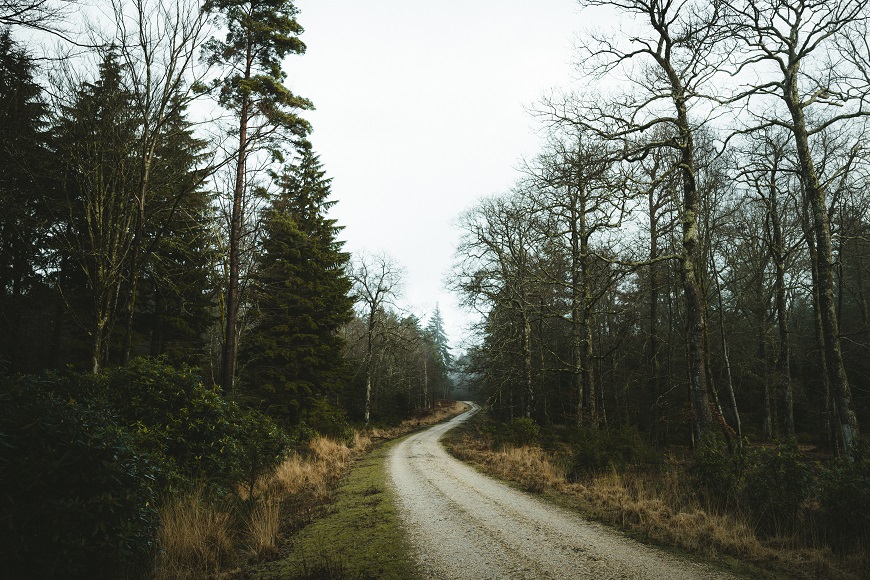
The first photos you’ll ever see that use a wide angle will likely be an architectural or landscape photography shot. Take this image from Annie Spratt as a convincing reason to use a wide angle lens: you can appreciate the asphalt, trees surrounding it, and the Brockenhurst sky all within a single image.






